End of the road
All things (seemingly apart from the B-52 Stratofortresses) come to an end.
The U-2 spy plane has had a long career, although it appears to be finally approaching the end of it.
SUMMARY
- The U-2 spy plane, developed by Lockheed in secrecy, remains in service and is the only high-altitude manned ISR platform.
- The U-2 has proved its versatility, used for various missions beyond spying, and can operate where other aircraft can't.
- The Air Force is planning to retire the U-2 fleet in FY 2026, ending a 70-year legacy of service.
The Air Force's 70-year-old versatile spy plane
The U-2 spy plane was developed in covert conditions by Lockheed Martin's secretive "Skunk Works" in Burbank, California. It was designed with sailplane-like wings optimized for the thin atmosphere above 55,000 feet (later over 70,000 feet). They first entered service in 1956 and the last was delivered in 1989.
"The U-2S Dragon Lady is an agile and reliable high-altitude intelligence, surveillance and reconnaissance (ISR) aircraft that flies 24/7/365 to ensure global security with unparalleled performance." - Lockheed Martin
U-2s have been used for more than just spying on the communists. They have been used for mapping studies, atmospheric sampling, and even collecting crop and land management photographic data for the Department of Energy. U-2s have been used to enable communication between different generation fighter jets.
U-2 spy plane specifications | |
|---|---|
Wingspan: | 105 feet |
Length: | 63 feet |
Max takeoff weight: | 40,000 lbs |
Payload: | 5,000 lbs |
Speed: | 410 mph |
Range: | over 7,000 miles |
Service ceiling: | over 70,000 feet |
Satellites and drones had been planned to replace the U-2, but the U-2 persisted in being able to fly missions in an environment no other aircraft is able to operate. The U-2 can also be used as a platform to test sixth-gen platforms.
“We’re using U-2 in unique and innovative ways and as a surrogate platform, decreasing risk for our fifth-gen fighters, all we’re doing is decreasing risk and increasing the technical mature for stuff we’ll use on the F-35, F-22." Col. William Collins - senior materiel leader for ISR (reported by Air and Space Forces Magazine )
According to Lockheed Martin, the U-2 has proven flexible as a platform to demonstrate new capabilities faster and more cost-effectively for a Joint All-Domain Operations vision. Its unique and modular design enables it to demonstrate and prove new technologies in weeks, not years. Lockheed Martin states it has "demonstrated open architecture and superior size, weight, power, and cooling (SWAP-C) capacity."
The two U-2s shot down
The U-2 Dragon Lady entered service in 1956 and remained secret until May 1, 1960, when the Soviets shot one down as it flew a spying reconnaissance flight over Soviet territory (it was civilian piloted).
It was a U-2 (piloted by Maj. Richard S. Hersey) that first discovered the Soviet missile sites in Cuba on October 14, 1962. Eight days later, a U-2 spy plane was shot down during the Cuban Missile Crisis by a surface-to-air missile. Things could have escalated dramatically when that U-2 was shot down over Cuba, but cooler heads prevailed.
U-2 key dates | |
|---|---|
First flown: | 1955 |
Initial operating capability: | 1956 |
Soviet shoot-down: | 1960 |
Cuban shoot-down: | 1962 |
Last production: | 1989 |
Planned retirement: | 2026 (Air Force) |
The wreckage of these aircraft is now on display in museums in those countries. The Military Museum of the Chinese People's Revolution in Beijing also displays the wreckage of a U-2C (56-6691) shot down over China in 1965. According to CNN, five U-2s were shot down over China. However, at the time, all U-2s were the responsibility of the CIA, and the agency never officially explained what they were doing over China. They were also piloted by Taiwanese pilots and claimed to be involved in a weather research initiative.
Secret U-2 Dragon Lady:
11 Jun, 2024 - 17:58
One of the standout features of the U-2 is its long, slender wings, which span over 103 feet.
Equipped with advanced sensors and cameras, the U-2 can capture high-resolution imagery and electronic signals from enemy territories, offering real-time intelligence that is crucial during all phases of conflict. Its sophisticated equipment can detect and analyze a wide range of signals, providing comprehensive situational awareness to military planners.
- The touch-and-go maneuvers performed at Beale Air Force Base showcased not only the aircraft's agility but also the expertise of the pilots who navigate this challenging aircraft.
- The U-2's design requires precision handling, especially during takeoff and landing, due to its unique landing gear configuration and the need for a chase car to assist with safe landings.
Beale Air Force Base has been the epicenter of U-2 operations for decades, supporting the aircraft's mission to deliver real-time ISR to U.S. and allied forces. The base plays a crucial role in maintaining and enhancing the U-2's capabilities, ensuring it remains at the forefront of high-altitude reconnaissance technology.
- The 99th Reconnaissance Squadron, part of the 9th Reconnaissance Wing at Beale, is responsible for operating and maintaining the U-2 Dragon Lady.
- Their mission is to provide high-altitude ISR that supports global combat and peacetime operations.
- The squadron's expertise in flying and managing the U-2 ensures that it remains an invaluable asset to national security.
- They continuously train to maintain peak operational readiness, enabling them to respond swiftly to emerging threats and provide critical intelligence.
In addition to its traditional ISR roles, the U-2 Dragon Lady also plays a significant part in supporting U.S. Special Forces.
INFAMOUS INCIDENT IN U-2 SPY PLANE HISTORY
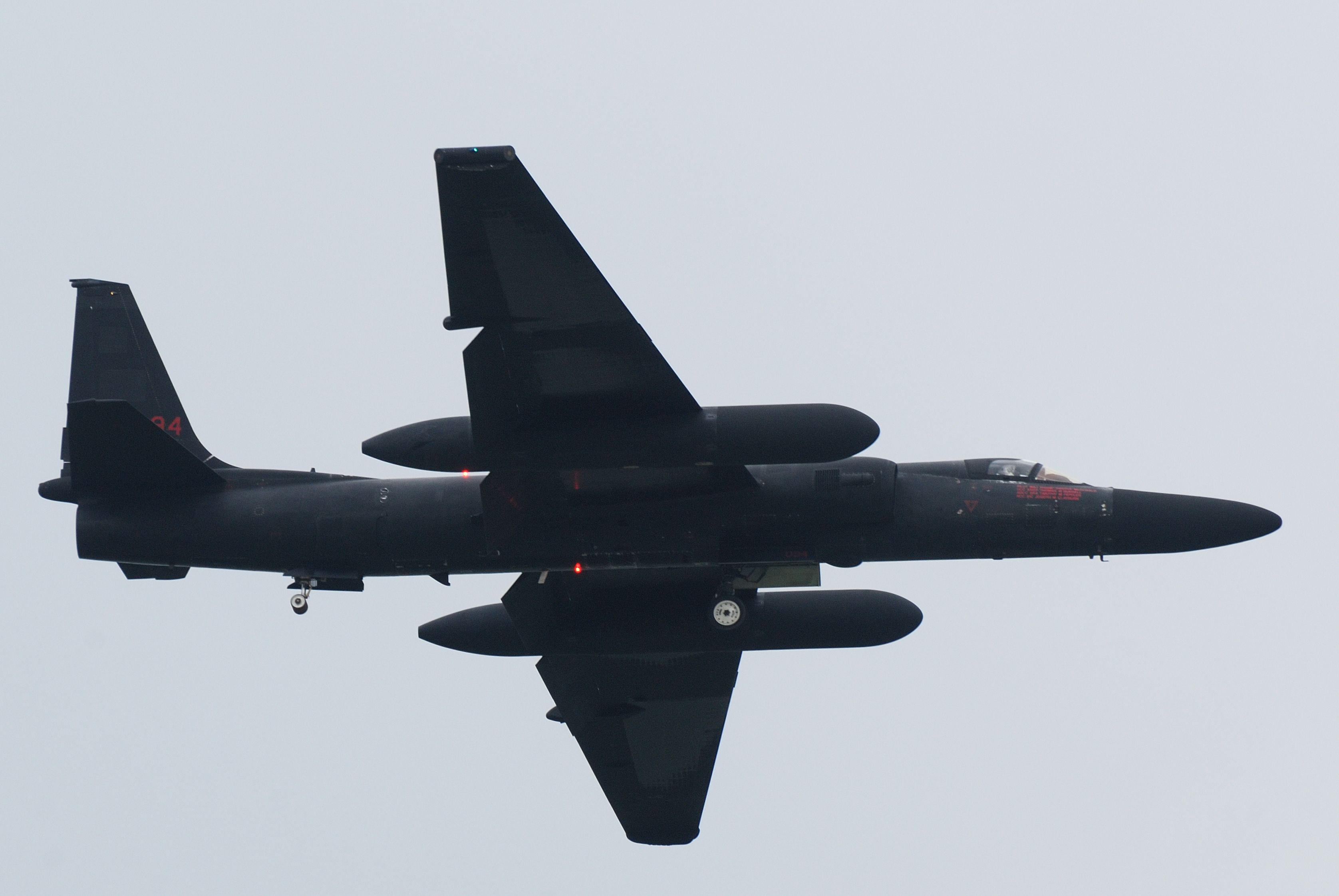
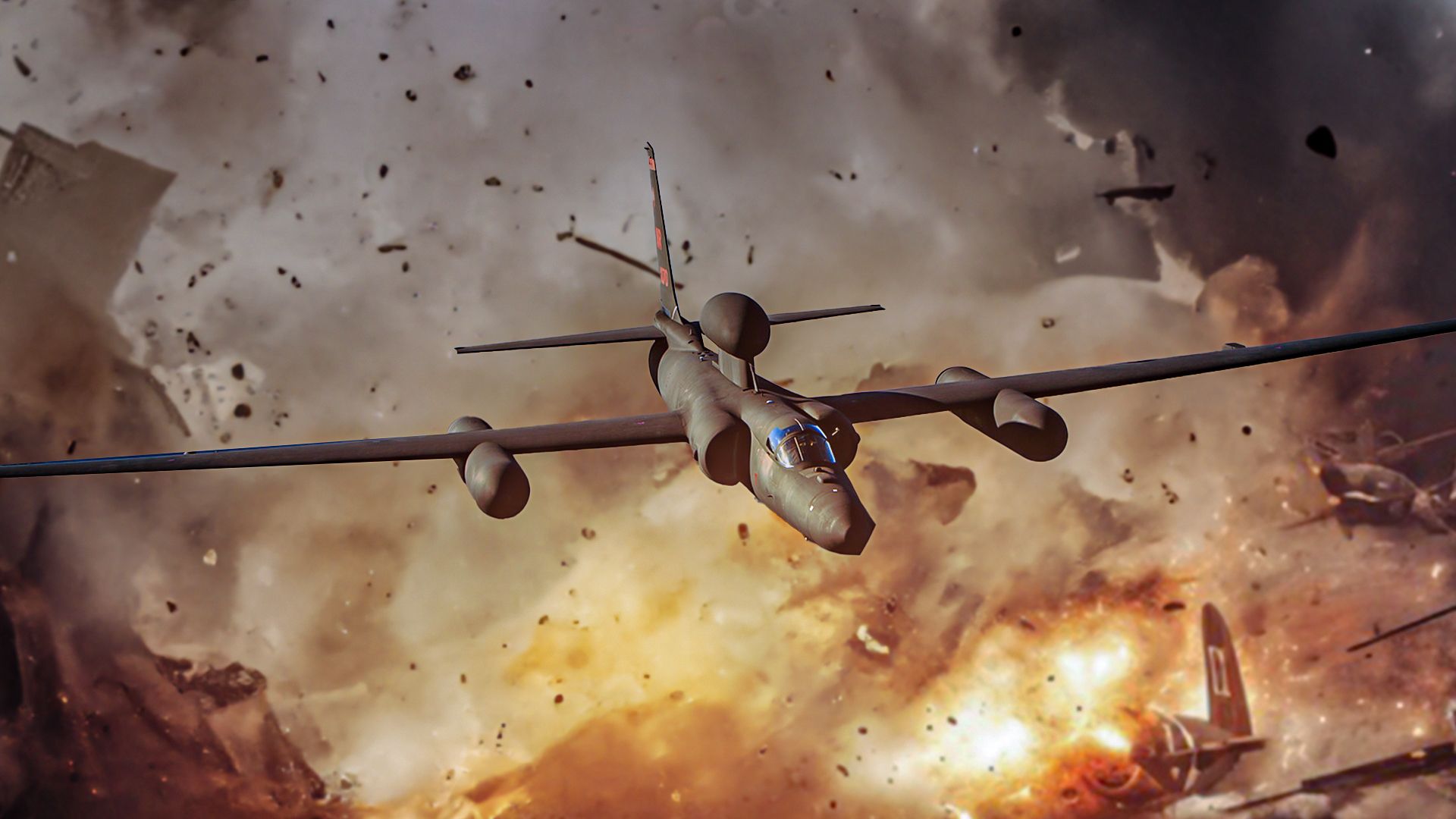
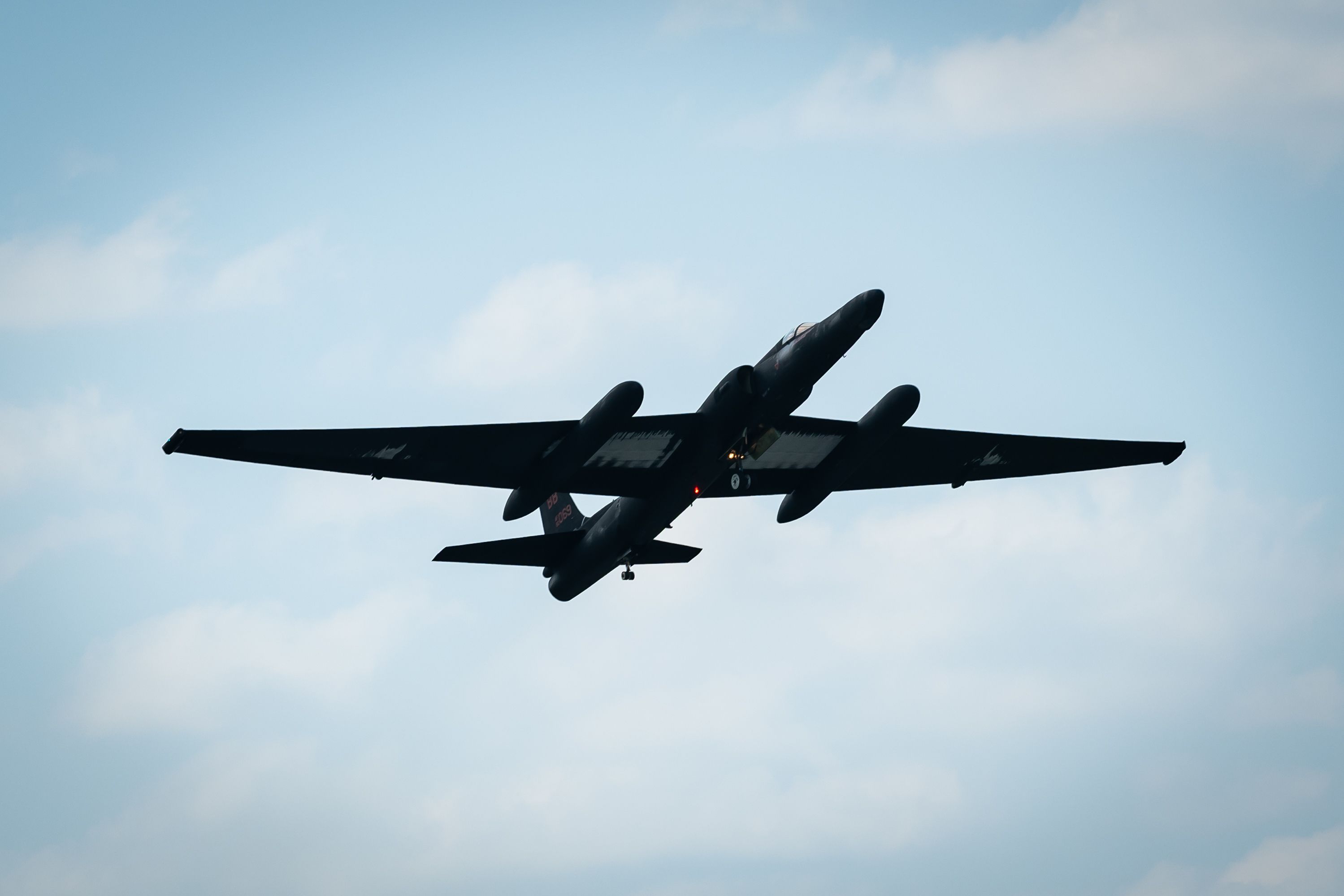
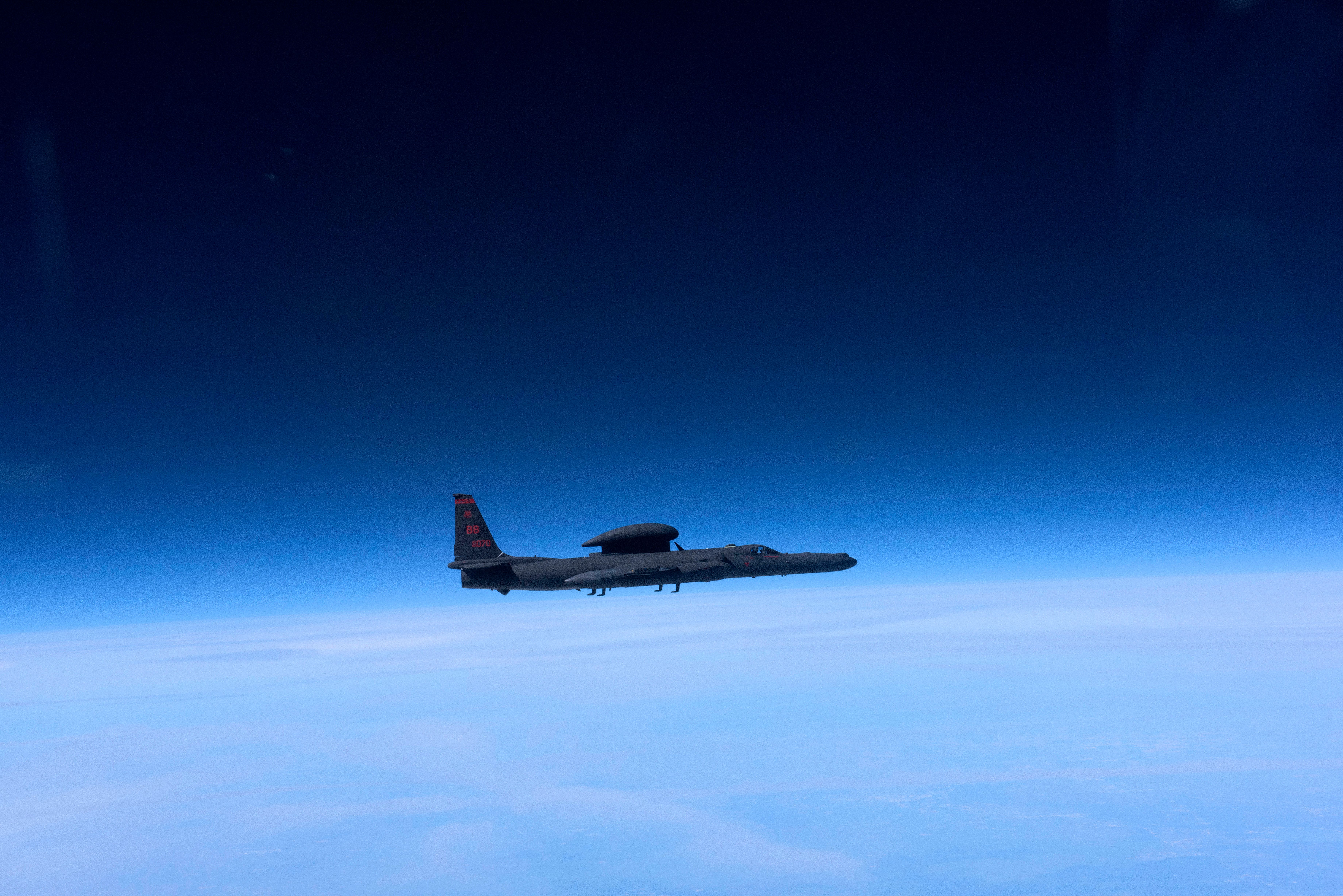
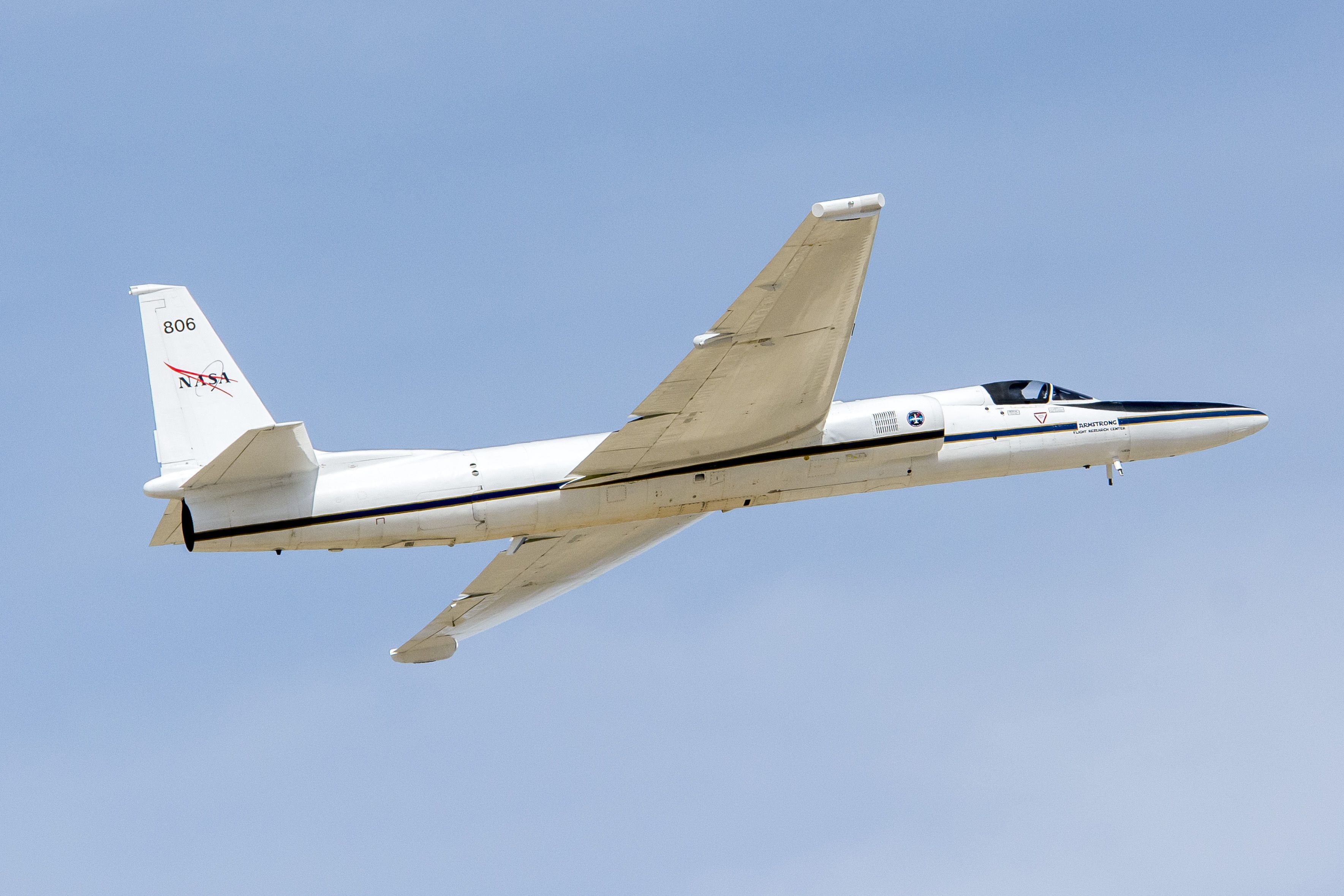
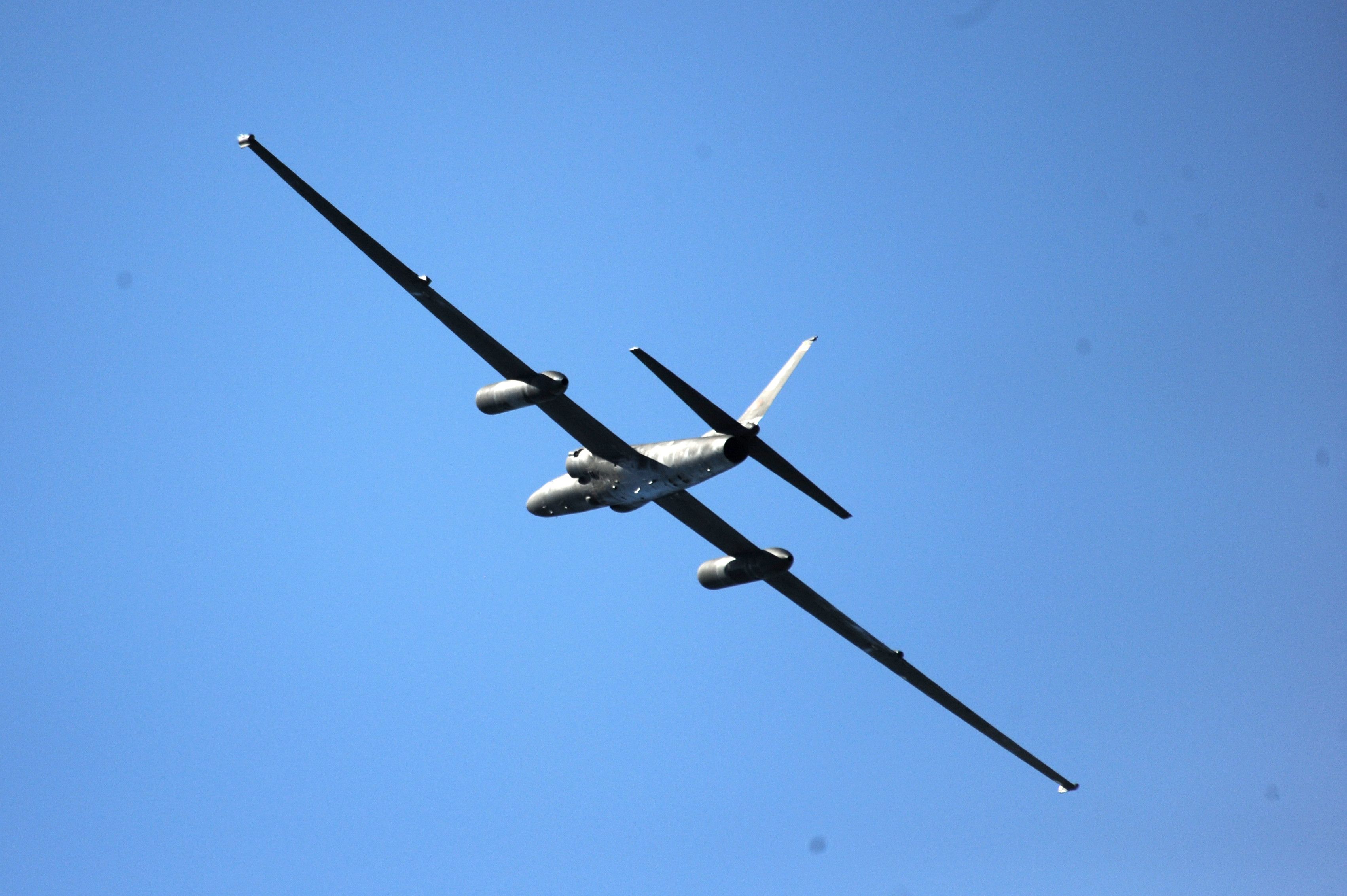

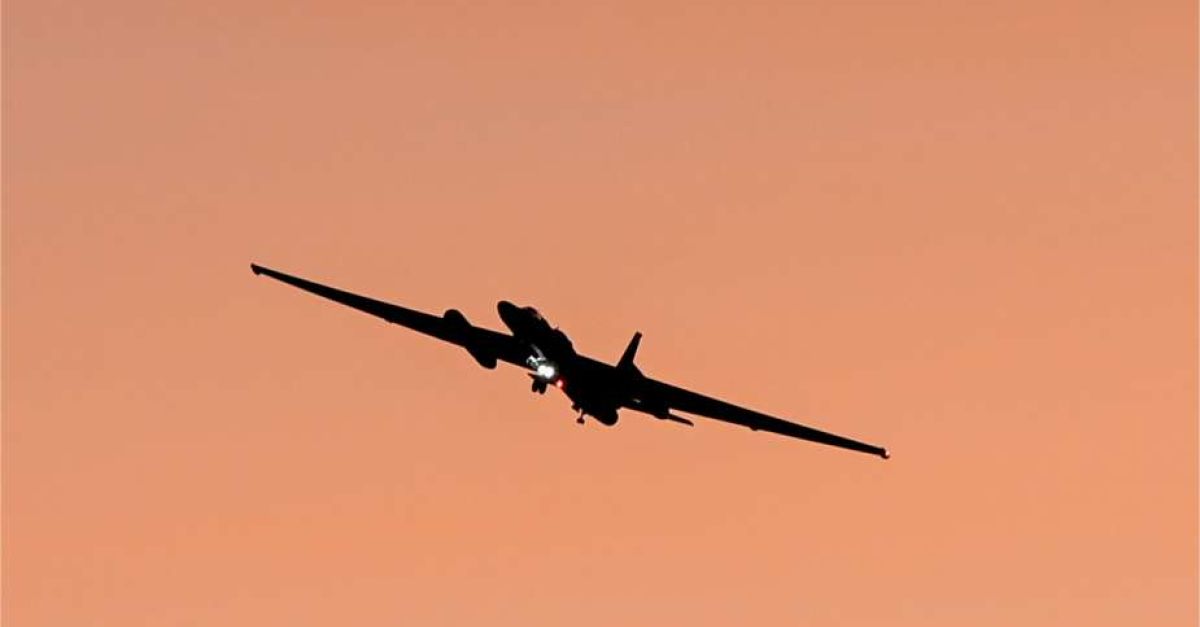



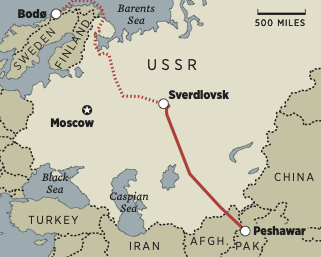

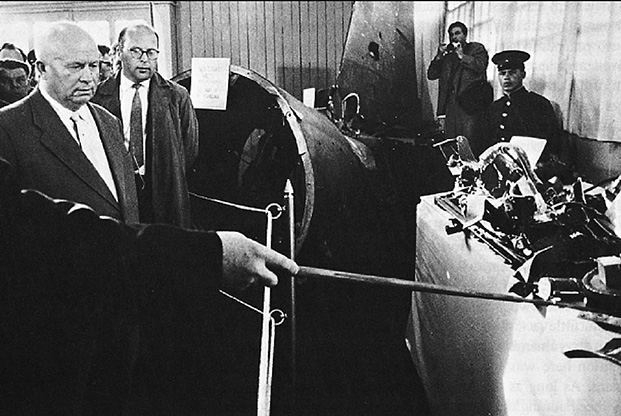




No comments:
Post a Comment